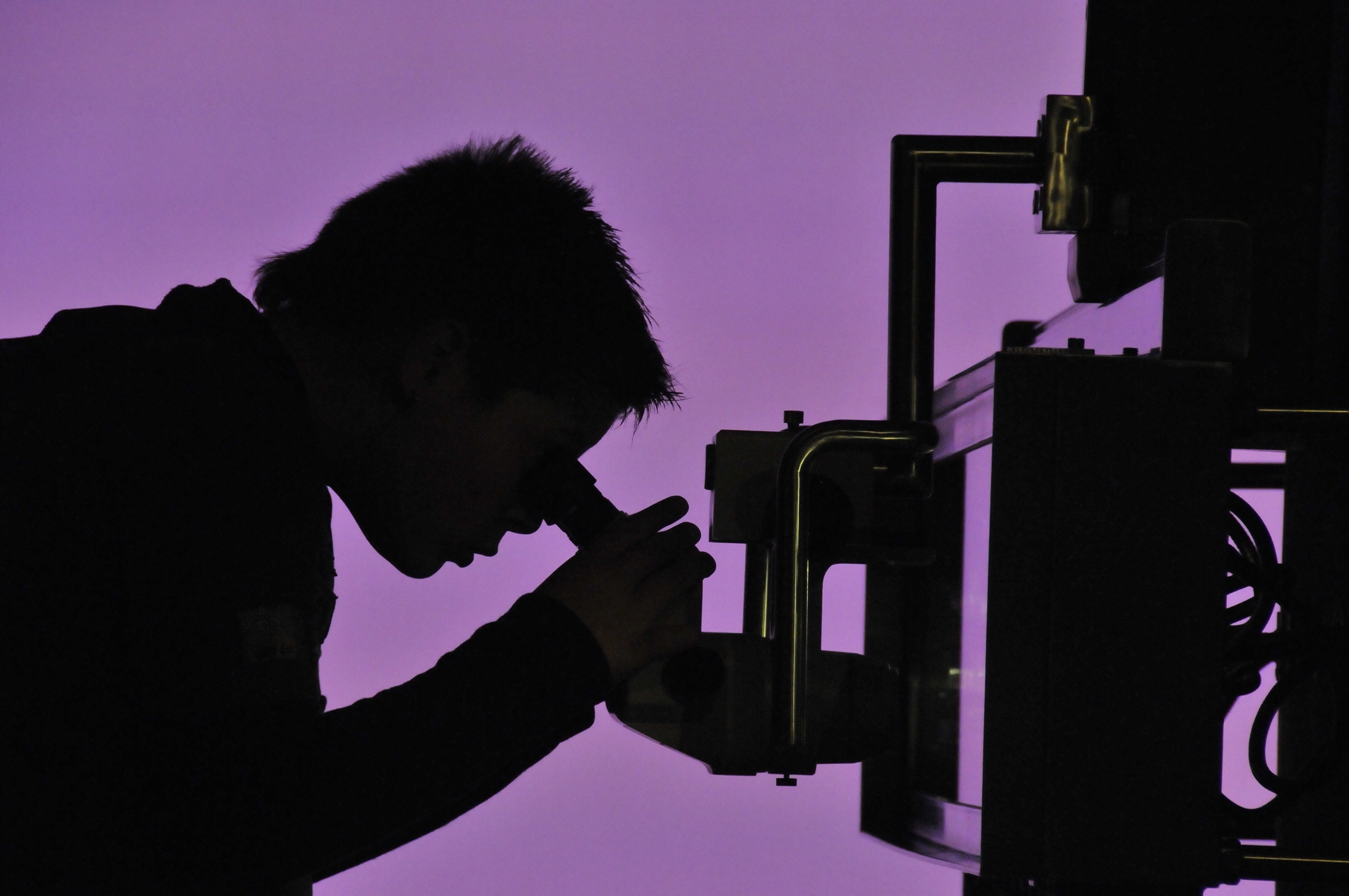Fighting Cancer Podcast: Episode 003 with Milan Chheda
This episode we speak with Dr. Milan Chheda from the Washington University in St. Louis where he is the Assistant Professor in the Department of Medicine. We spend time talking about his Young Investigator Proposal focused on Glioblastoma, working with a team to discover a way to potentially use the Zika virus to treat brain tumors, and what he is most excited about in Cancer Research.
Having a foundation like the Cancer Research Foundation support somebody who’s just starting out like me is helpful beyond the money, because it validates one’s ideas…And so it’s really important for the psyche of a young investigator to have some external force saying yes, this is a this is a good idea and try it.
Dr. Chheda was a recipient of the CRF Young Investigators Award in 2017 for his work on Glioblastoma.
Glioblastoma Definition (cancer.gov): A fast-growing type of central nervous system tumor that forms from glial (supportive) tissue of the brain and spinal cord and has cells that look very different from normal cells. Glioblastoma usually occurs in adults and affects the brain more often than the spinal cord. Also called GBM, glioblastoma multiforme, and grade IV astrocytoma.
(CRF Young Investigator Proposal): Glioblastoma (GBM) is the most common and aggressive brain tumor, with an average survival of roughly a year. For years, scientists have focused on finding individual genes that might be driving the tumor, and developing drugs to silence these proteins. In glioblastoma, this has failed, even when we know a specific gene is involved in making a normal cell grow out of control. A good example is the IDH1 mutation, which exists in almost all secondary GBMs. A drug was developed several years ago that shuts mutant IDH1 down, but it does not actually kill tumor cells: it hit its target and did what it was supposed to, but the cells were no longer dependent on the mutation for their survival.
What we propose here is to first design a clinically relevant model for glioblastoma using neural stem cells. We will create two parallel groups of cells: one in which we engineer in the mutant IDH1 gene, and the other without it. After we make the cells, we will characterize the mutant line and compare it to normal, to make sure it truly recapitulates human tumor cells. Then, we will test a large panel of drugs and look for those that specifically kill the mutant, but not normal, cells. This will identify the exploitable vulnerabilities that mutant IDH1 creates. The most exciting part of our work is that we are testing drugs that can be quickly moved into patients.
Please enjoy this podcast with Dr. Milan Chheda:




